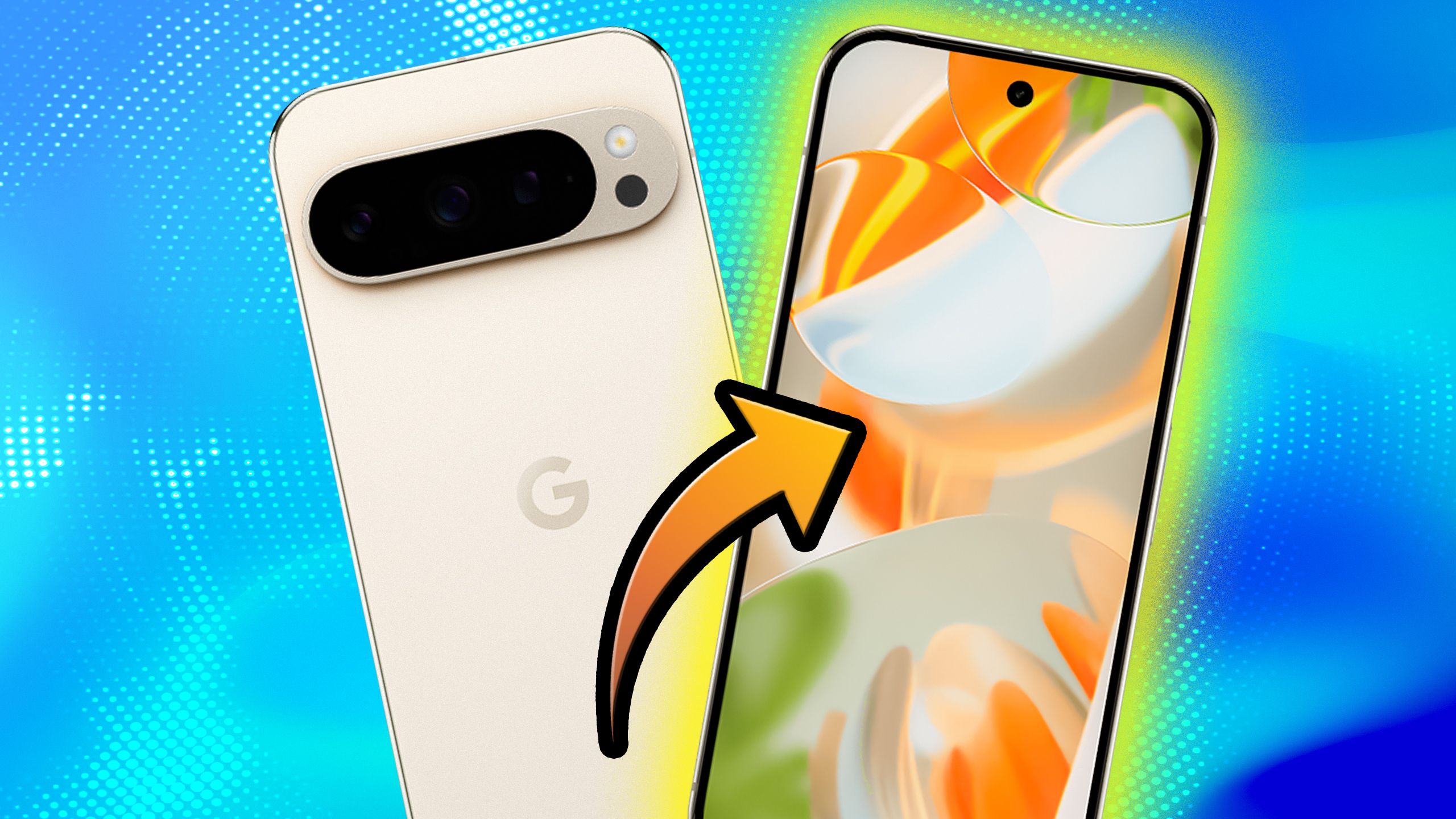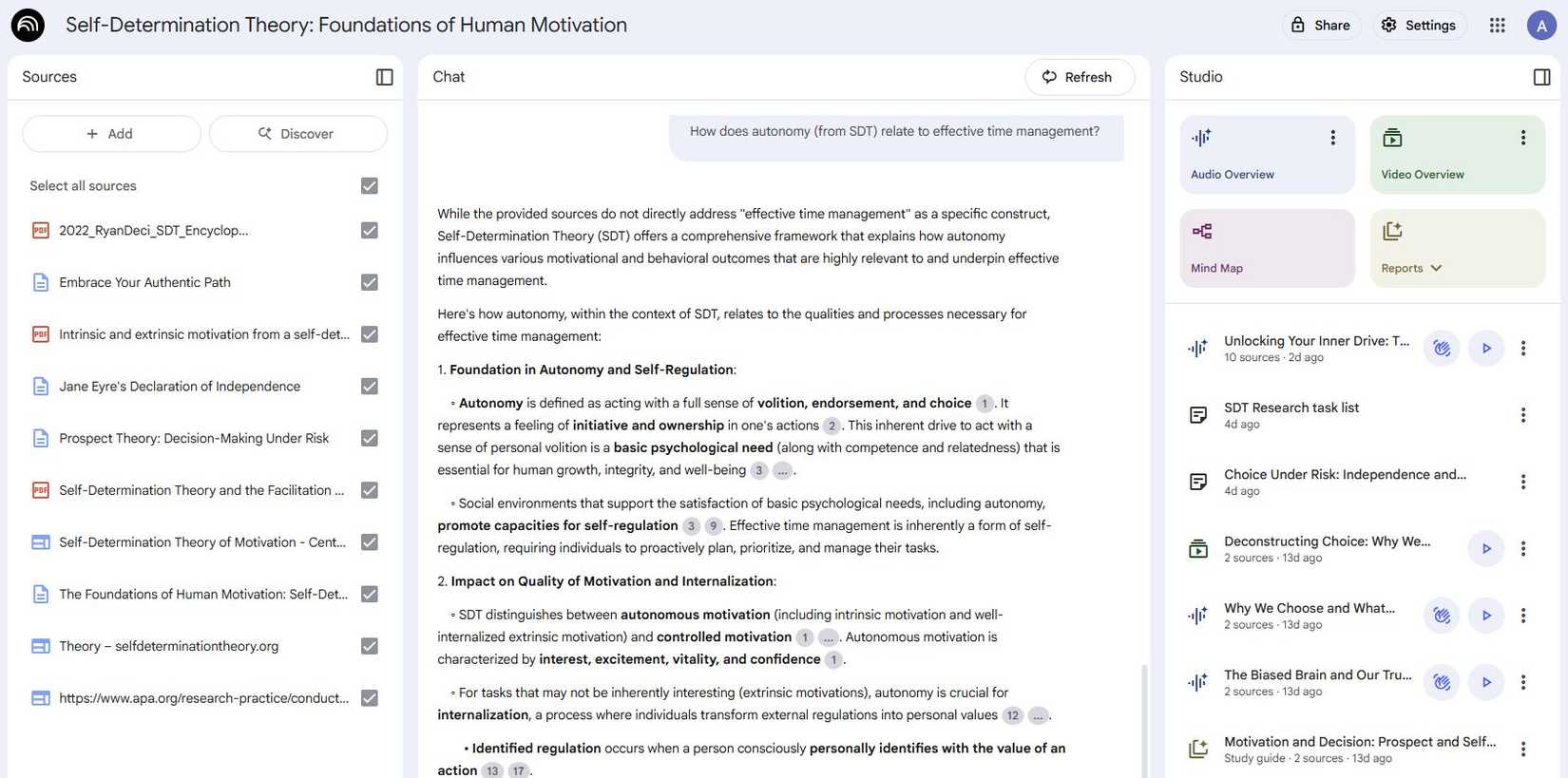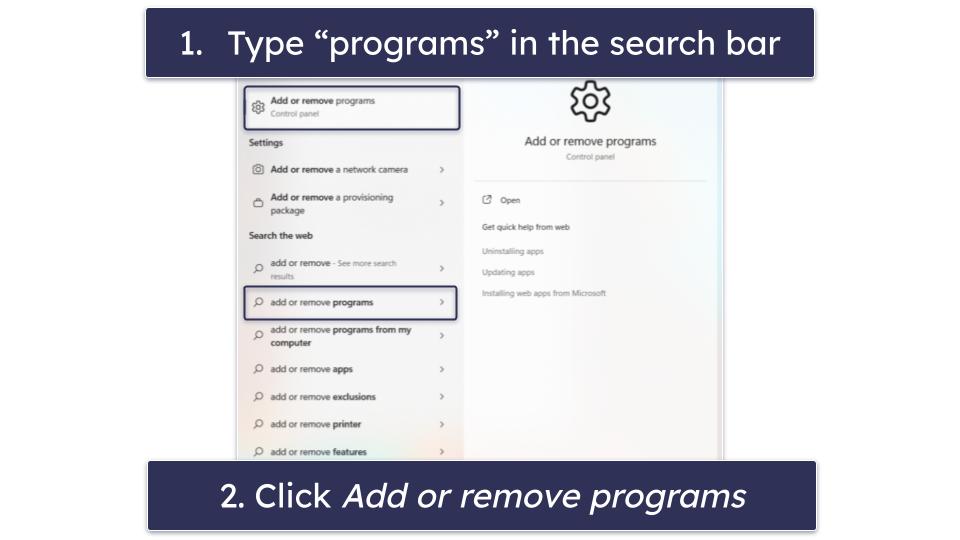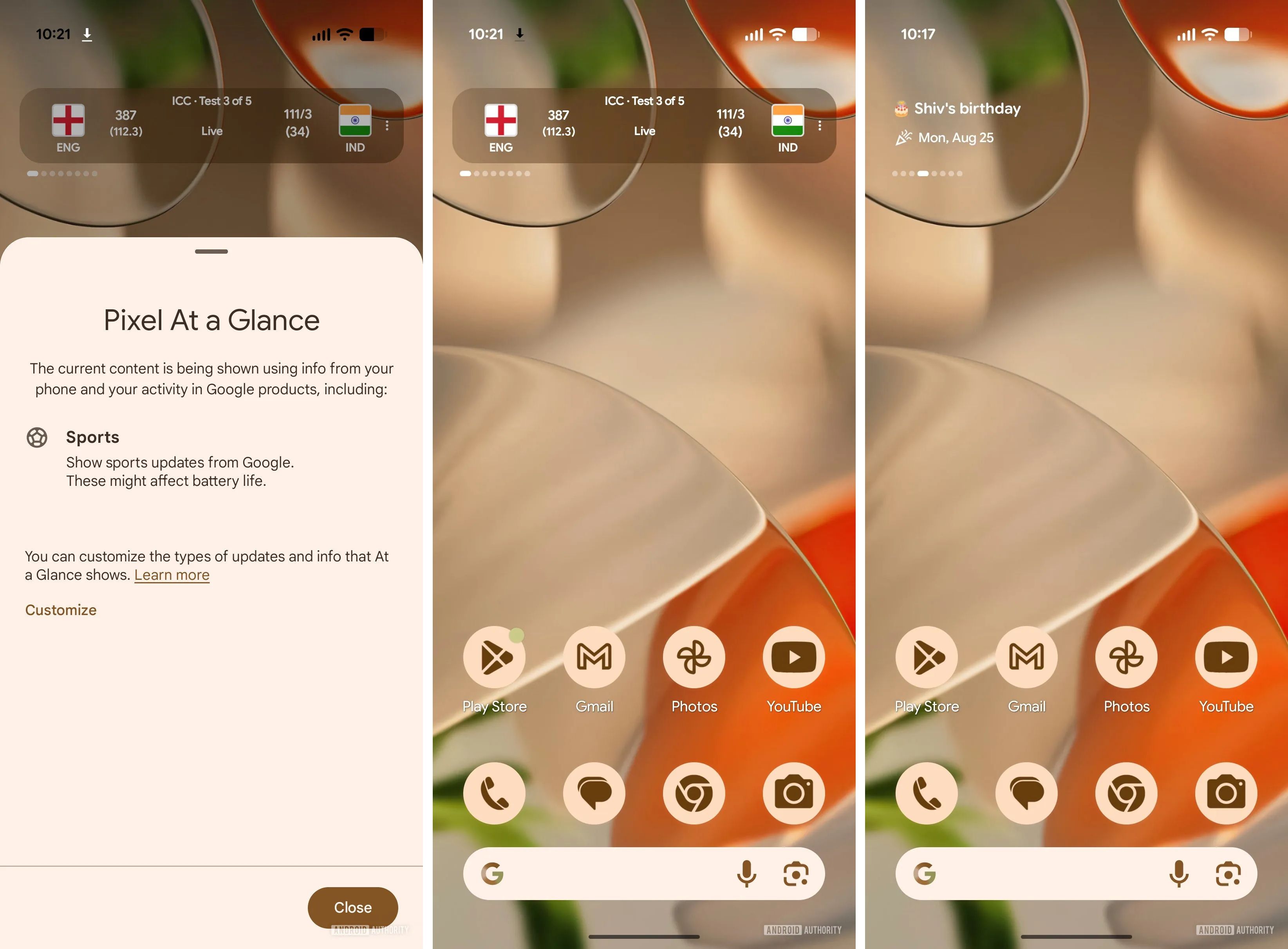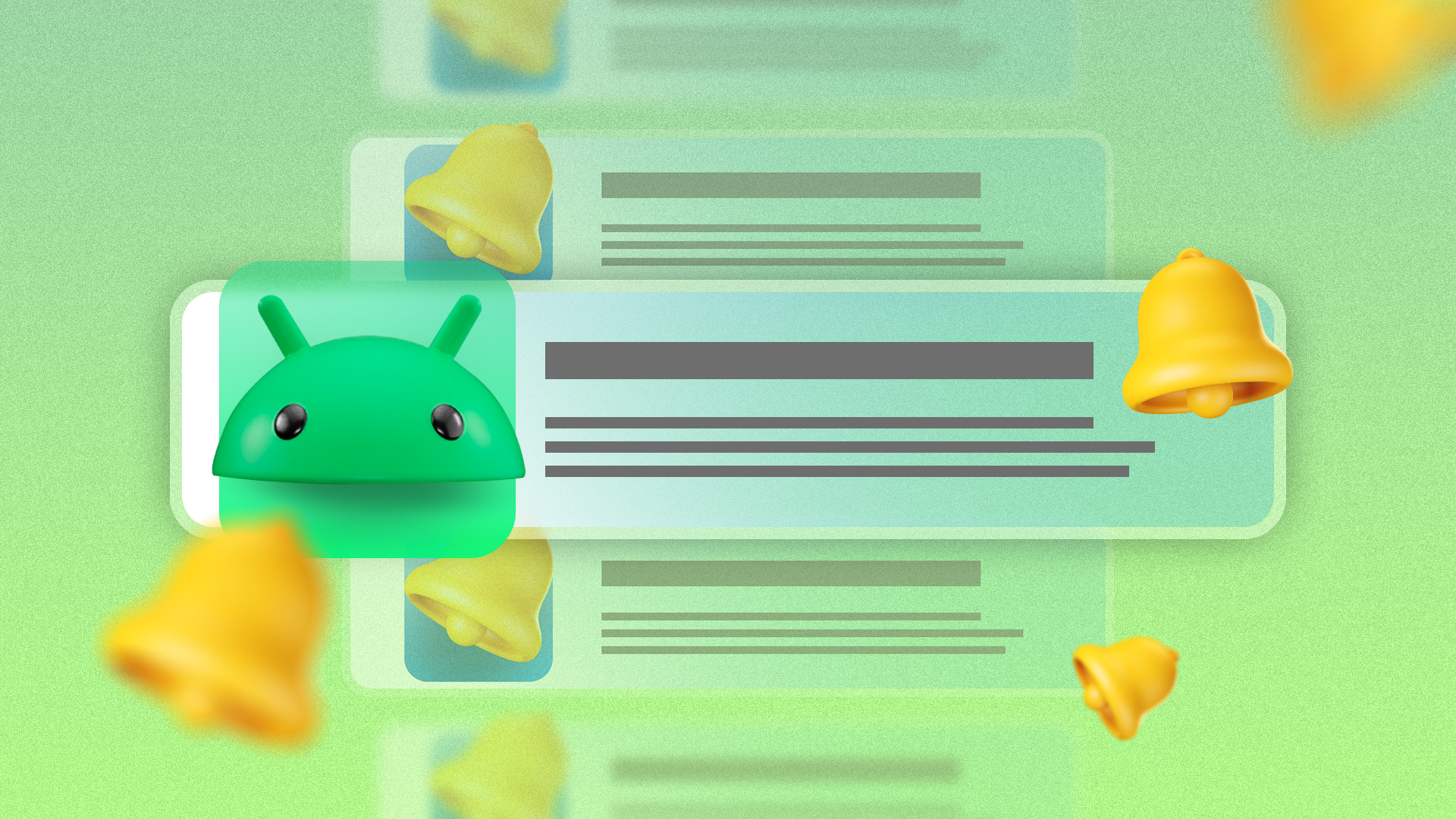Google has released over 17 major versions of Android since its initial release in 2008. For an operating system that has been around for so long, Android packs several advanced features, and with the advent of AI, the experience will get better. Yet, the operating system is far from perfect.
Android still lacks several basic features, with some omissions being so glaring that they leave me scratching my head. The absence of most of them makes switching Android phones a chore, resulting in a subpar experience.
4
Call logs and recordings deserve better backup support
Switching phones should not mean losing your call data
For an operating system designed for phones, Android lacks a reliable method for backing up and transferring call logs and messages between devices. Yes, you can back up your Android phone to your Google account, which will include your call log, contacts, messages, and more. While data usually restores reliably on another Google Pixel phone, there’s no guarantee that it will transfer properly to a non-Pixel device.
I regularly switch between Android devices, and my Pixel backup has never restored properly on a Samsung, Oppo, or Xiaomi device. I have also lost important call recordings because they were not backed up by Android’s default device backup tool. Instead, I have to open and share each of them manually. Worse, since the recorded calls are not accessible via a file manager, there’s no easy way to batch export or back them up.
What’s even more frustrating is that when I switch devices, my list of blocked phone numbers doesn’t carry over. So, I have to block the same callers all over again.
17 years after Android’s initial release, I shouldn’t have to worry about losing my call logs, list of blocked callers, or recordings when switching devices.
You might have had better luck with Google’s device backup and transfer tool, but the process is not reliable enough, especially when switching between devices from different manufacturers. I can reliably back up and restore my call log and device settings when moving from one Samsung phone to another. However, that’s not the case when switching from a Galaxy or Pixel to a Nothing phone.
3
App data transfer shouldn’t be this broken
Still unreliable and no streamlined process
When upgrading to a new iPhone, iPad, or Mac, I back up my old device and then restore it to the new one. That’s it. The process takes a couple of hours, but then my new iPhone or iPad is ready to use, with my important apps and files in the location I want them. I wish I could do the same on Android.
Google’s mobile operating system lacks a proper app data backup and transfer tool. Even if I create and successfully restore a Google device backup to a new device, it doesn’t transfer app data between devices.
Google offers developers a way to back up their app data to the cloud for easy transfer between devices. However, for reasons best known to them, only a handful of apps have implemented it.
When I switch to a new Android phone, I must log in to my frequently used apps. I can understand doing this for security reasons for banking and payment apps. Still, doing this for social media apps, such as X and Instagram, seems excessive. If anything, it makes switching to Android phones a frustrating experience.
To make matters worse, Google’s apps do not retain settings across devices. For example, when I switch to a new Android phone, I must turn off the Meet and Chat tabs in the Gmail app, even though they were turned off on my previous phones. Likewise, I must navigate to the Settings menu of the Google Drive app and turn off the Transfer files only over Wi-Fi toggle after switching to a new phone.
When I log in to Chrome for Android using the same Google account I’ve used for years, it should not prompt me about its enhanced ad privacy features. These settings should automatically sync across all Android devices linked to my Google account. I shouldn’t have to change the same preferences repeatedly on every device I use.
Forget app data. Transferring RCS conversations between Android phones is a big task. It doesn’t work reliably unless you use a Google Pixel. In comparison, when you switch between iPhones, it even restores your wallpaper correctly on the new device.
2
The welcome screen loop needs to end
Going through the whole welcome screen again
You know what’s worse than having to log in to numerous apps after switching to a new phone? Going through the initial setup and onboarding process again. I’ve used the Gmail app on my phone daily for years. There’s no reason it should take me through the initial onboarding process because I switched to a new phone.
If Google can’t get this right in its apps, there’s little hope that third-party developers will. Whether it’s Tasker, TickTick, or Gemini, switching to a new device often means starting from scratch. I end up sifting through the same tutorials, dismissing repetitive tooltips, and changing basic settings that I fine-tuned numerous times before. It’s a tedious process that makes moving to a new phone feel more like a chore than an upgrade.
Even in Google Photos, I must set up my backup preferences after switching to a new device. Similarly, I have to tweak my Gboard settings and preferences on a new device. For a mature operating system, having to redo all of this because I switched devices feels tedious and outdated.
1
Notification preferences deserve to be remembered
Notification chaos every time you switch phones
The Android notification panel is one of its biggest strengths, offering quick actions and the ability to prioritize them. I rely on notification channels to block unwanted promotional alerts while still receiving the important ones. However, as Android Police’s Google editor Taylor Kerns recently highlighted, Android’s notification channels are great until you get a new phone.
Switching to a new device means setting up notification channels for all installed apps again. A tedious task, especially if you have hundreds of them. With so many apps spamming you with unwanted alerts, using an Android phone without customizing notification channels feels almost impossible. Every app has its own set of notification categories, and you must go through each one and turn off irrelevant notifications.
Given that notification categories are a key Android feature, it’s surprising that Google does not offer a way to sync or restore these preferences across devices.
Android fragmentation is to blame for this
Many of these missing Android features stem from fragmentation. If you stay within the same device maker ecosystem, you won’t have to deal with most of them. For example, when switching between Samsung devices, you can use Samsung Cloud to back up call logs, messages, and device settings. They will be reliably restored on your new Galaxy phone. Similarly, Android’s native backup tool mostly works reliably if you switch from one Pixel phone to another.
Still, there’s no excuse for Android to miss out on basic features. I’d prefer that Google address these shortcomings before doubling down on deeper Gemini integration.


